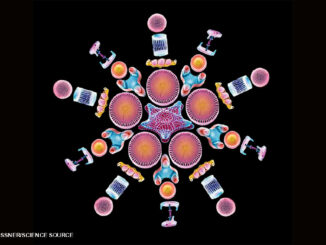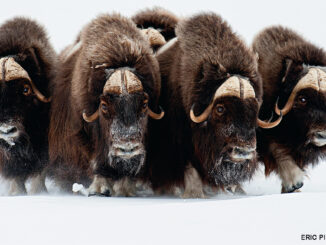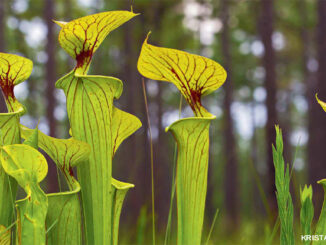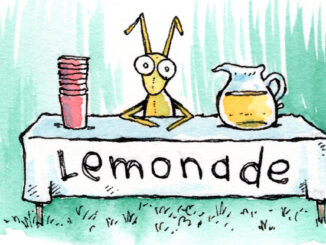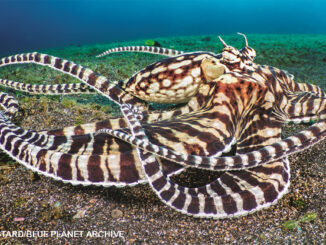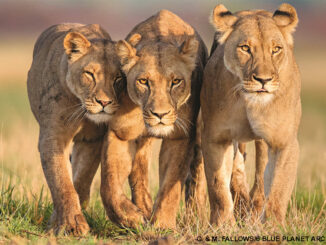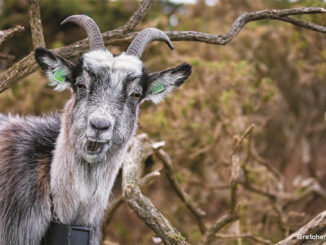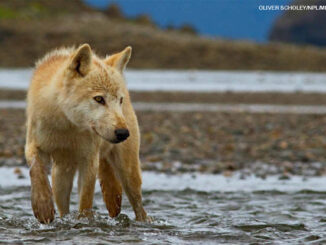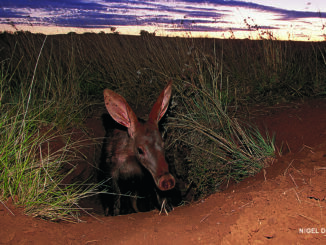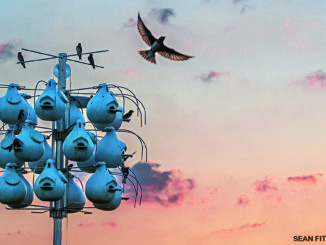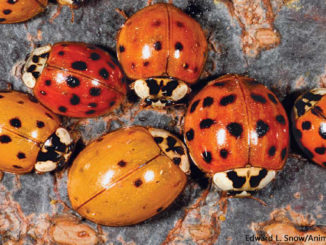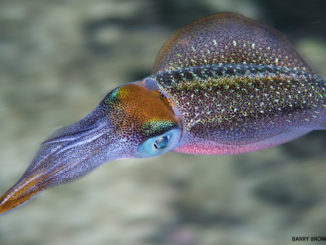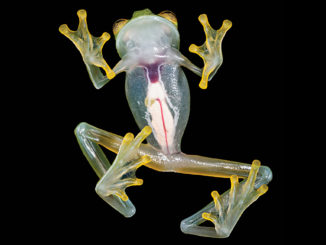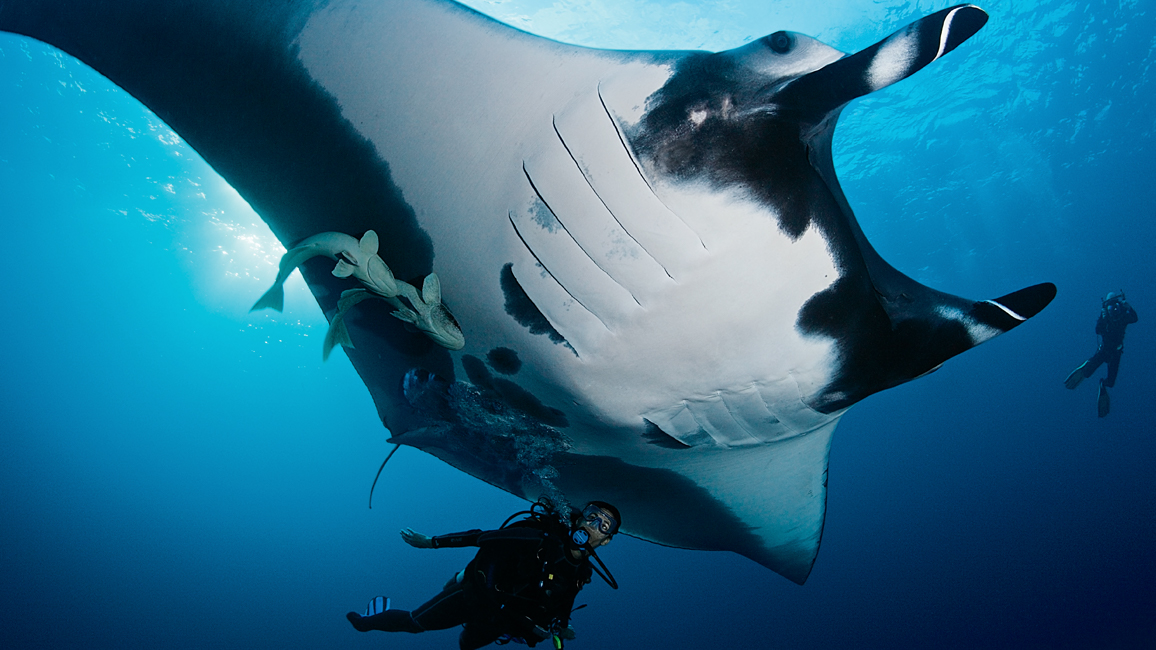
Ocean Giants
By Kathy KrankingYou’re about to meet a group of animals that make people look like pipsqueaks! But these animals are more than just big—they’re each the biggest of their kind.
MIGHTY MANTA
Gigantic ray coming your way! A giant manta ray can be more than 20 feet wide and weigh up to 3,000 pounds! It flaps its wing-like fins to “fly” slowly through the water. (Check out the remoras hitching a ride on the manta above.)
COLOSSAL CLAM
Looking a the size of this giant clam, you might find it hard to believe that it started life as a speck-sized creature. This tiny larva floated until it found a place to settle down. Then it grew and grew and grew!
But this diver isn’t in any danger by peeking into the gaping shell. Giant clams don’t eat people. They get lots of their food from chemicals made by tiny plants that live in their fleshy mantle. They also eat tiny living things called plankton floating in the water.
JUMBO JELLYFISH
The lion’s mane jellyfish has tentacles that can grow longer than any other jellies’ tentacles can—to nearly the length of a blue whale! (See the blue whale photo below.)
This jelly packs a powerful sting, though it’s usually not deadly to humans. It uses its stingers to stun fish and other creatures to eat. Sometimes it will even devour other jellyfish—so the moon jellies below this giant had better watch out!
SUPER-SIZED SHARK
The spotted whale shark above is the world’s biggest shark—and the biggest of all fish. But it’s a gentle giant, posing no harm to divers that may swim up to it.
WHOPPER OF A WHALE
The blue whale is the king of the giants. Besides being the biggest whale, it’s also the biggest animal on Earth! Even though it’s so gigantic, a blue whale eats very small food—but lots of it. Every day, it gobbles up to 4 tons of tiny shrimp-like creatures called krill.
SPACIOUS SPONGE
A giant barrel sponge (above right) is so big that a diver could curl up comfortably inside it! Sponges are animals, even though they don’t look or act much like them. They have no hearts, lungs, or brains, and they can’t move around. But sponges get along just fine. They breathe and eat through tiny holes called pores that cover their bodies.
Now that you’ve met these giants of the sea, you can be their “biggest” fan!
“Ocean Giants” originally appeared in the March 2013 issue of Ranger Rick magazine.
(Click on each image above for a closer view of the story.)





